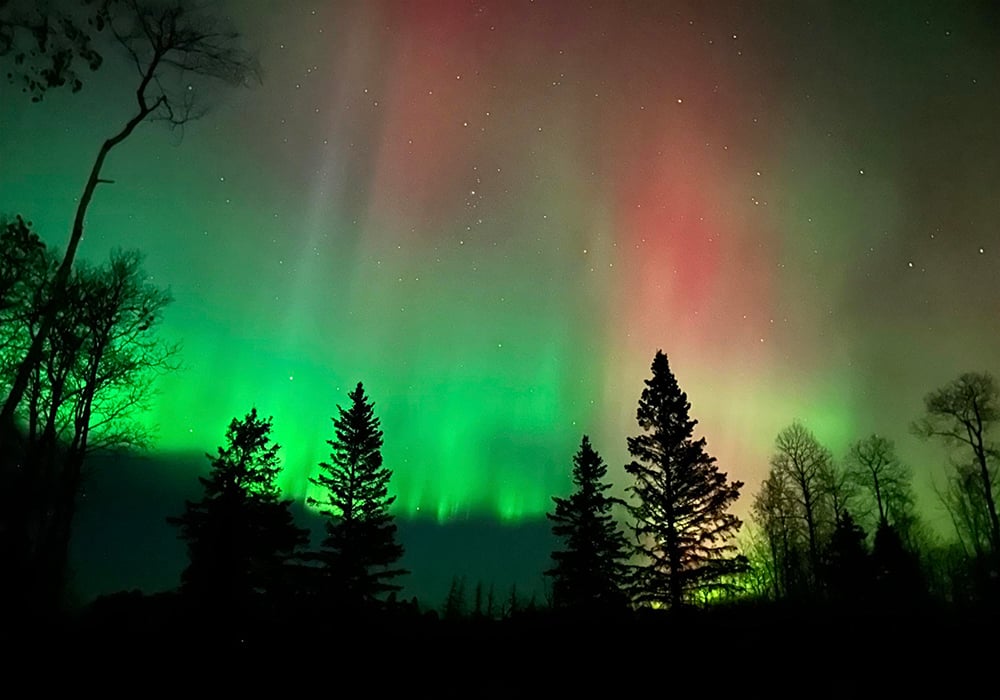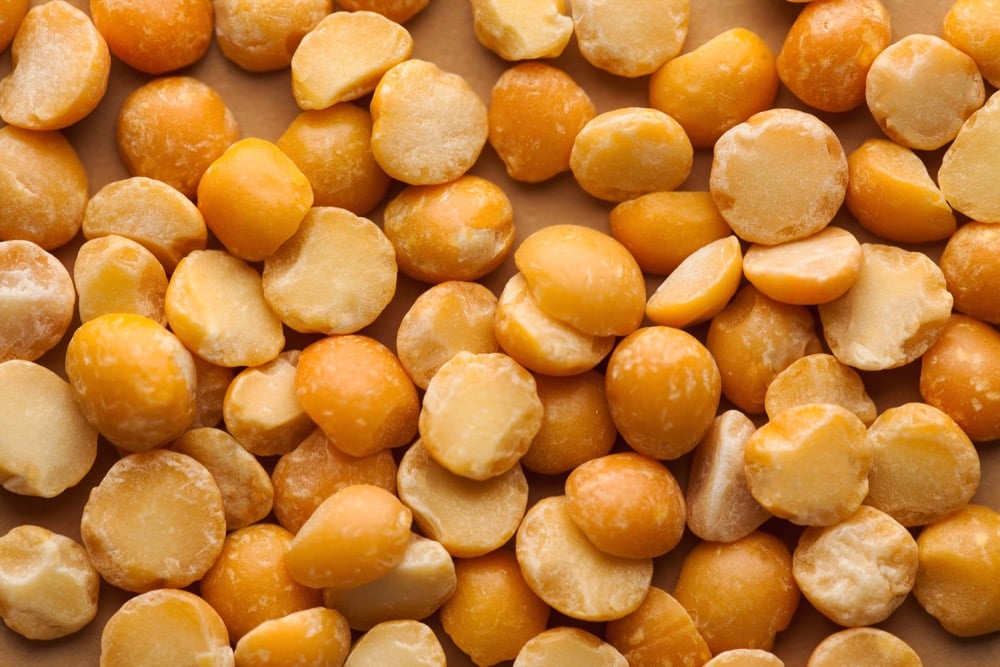Recent solar flare has little impact on farmers

Glacier FarmMedia—A precision ag expert says a massive solar flare that occurred late last week may not end up causing too many problems after all.
Matt Yanick, owner of My Precision Ag Ltd., says the flare that various space weather monitoring stations detected Oct. 3 doesn’t seem to have too caused many issues at all.
“I think it’s just kind of grazing us,” said Yanick.
“We’re not going to get really hammered by it like the one last spring.”
The springtime solar flare Yanick is referring to was an X8.79 flare that occurred May 14.
Read Also


Pulse Weekly: Yellow peas slip as India pauses levy cut
Yellow pea bids in Western Canada are coming under pressure, while green pea prices hold steady.
According to the spaceweatherlive.com website, the flare generated Oct. 3 was the 15th most-powerful of all time, rated as an X9. An X7.1 flare, ranking 26 of all time, was recorded Oct. 1.
X-class solar flares are the largest, according to NASA. The classification system NASA uses ranges from A-class flares to B, C, M and then X.
“Similar to the Richter scale for earthquakes, each letter represents a 10-fold increase in energy output,” says a NASA backgrounder on solar flares.
Spaceweatherlive.com lists the top 50 solar flares of all time, and the largest was an X40+ that occurred Nov. 4, 2003.
“Associated with (that) flare was an ejection of a billion tons or more of gas from the sun’s tenuous outer atmosphere, or corona,” NASA said at the time.
“But because the flare occurred on the limb of the sun, pointing away from the Earth, the charged particles it emits will probably only glance off the Earth.”
A solar flare is a tremendous explosion on the Sun that happens when energy stored in “twisted” magnetic fields, usually above sunspots, is suddenly released, according to the European Space Agency (ESA) website.
“In a matter of just a few minutes, they heat material to many millions of degrees and produce a burst of radiation across the electromagnetic spectrum, from radio waves to X-rays and gamma rays,” the ESA says.
It’s a bit of a mystery why this flare hasn’t caused a greater disruption.
Yanick says his reading indicates scientists still have difficulty tracking these flares as they move toward Earth.
It helps that lots of farmers are done harvest by now and those doing fieldwork, like harrowing, don’t require GPS.
“It wasn’t horrendous, nothing really hit until (Sunday) night,” said Yanick.
“The northern lights kind of showcased that.”
Yanick says there’s not a lot producers can do to guard against interference from solar flares.
Running a higher-accuracy system can help, he said. Farmers running those typically fare a lot better. However, had this flare hit us head on, Yanick says it likely would have knocked out everything anyway.
“With the flare that occurred last spring, even the best systems were having issues,” said Yanick.
“There was no way around it.”
Despite the magnitude of this most recent flare, Yanick says he figures we may get lucky this time round.
“There’s going to be some minor interference that started (Sunday) night,” said Yanick.
“There will likely be more, but nothing major — minor to moderate at best.
“For me, that’s a really good thing.”
Source: Farmtario.com

